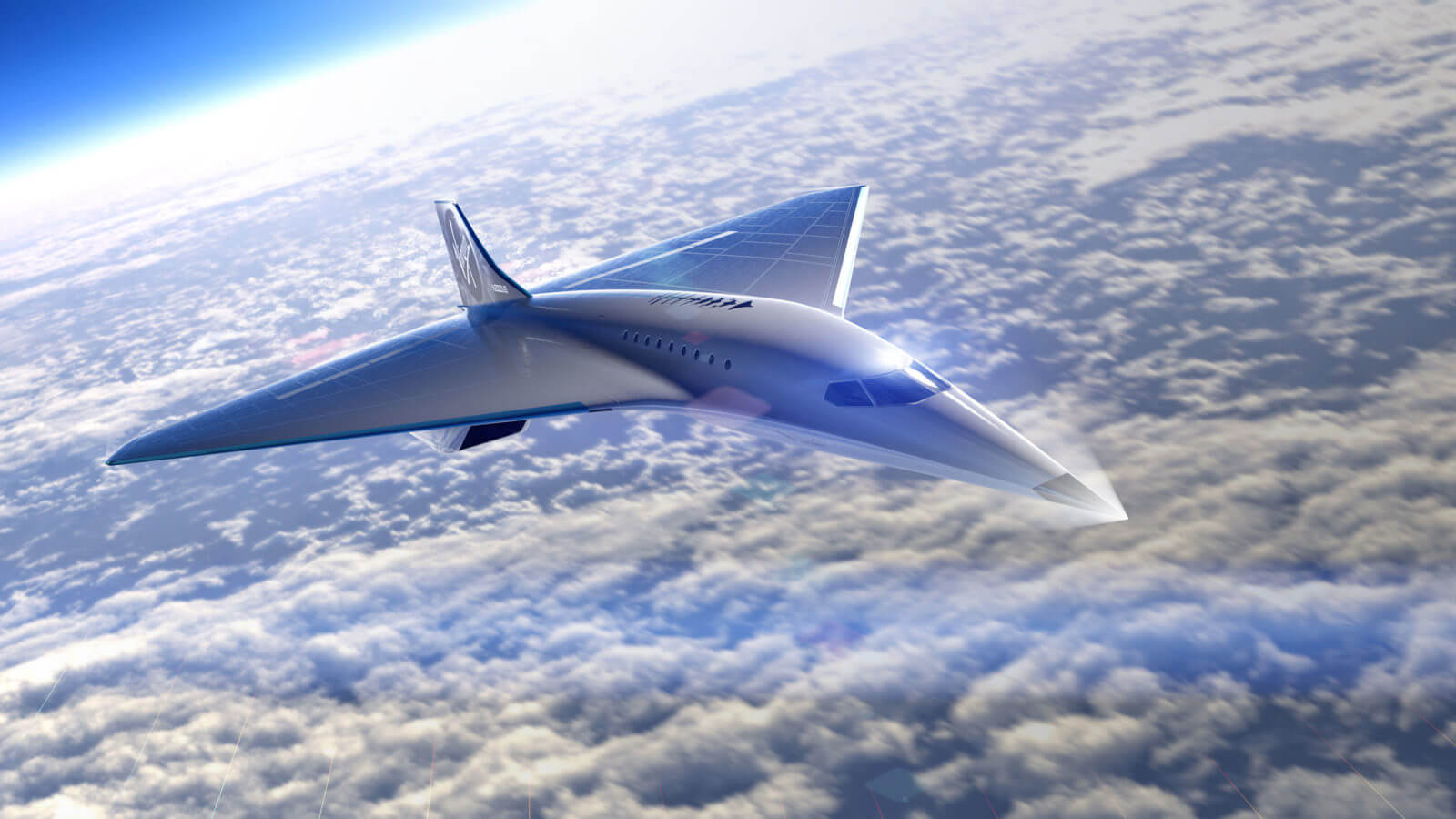Editor's take: There have been talks of using suborbital rockets to accomplish rapid travel although lately, firms like Virgin have been leaning more towards supersonic jets to get the job done. One would suspect this is likely due to potential safety and cost concerns, or perhaps they're just looking to walk before they run.
Virgin Galactic on Monday unveiled the initial design concept of its next-generation high speed aircraft.
The proposed Mach 3 aircraft would travel at an altitude above 60,000 feet with accommodations for between nine and 19 people. Virgin said it'll be able to incorporate custom cabin layouts to address customer needs, such as business and first class seating arrangements.

The British spaceflight company said the craft's design will also help lead the way toward the use of state-of-the-art sustainable aviation fuel. To help realize that goal, Virgin is collaborating with Rolls-Royce on the project through the "signing of a non-binding Memorandum of Understanding (MOU)."
Rolls-Royce, if you didn't know, is much more than just a luxury automobile maker. Rolls-Royce Holdings is a multinational engineering company that has its hands in all sorts of ventures. As it just so happens, they're the world's second-largest maker of aircraft engines and even worked on the powerplant for the Concord, the supersonic passenger jet that debuted way back in 1969 and remained operational until 2003.
Virgin earlier this year signed a "Space Act Agreement" with NASA to further expedite the development of high-speed technologies. The overall goal with both partnerships is simple - to help get people from Point A to point B faster than what is currently possible with today's commercial aircraft.
